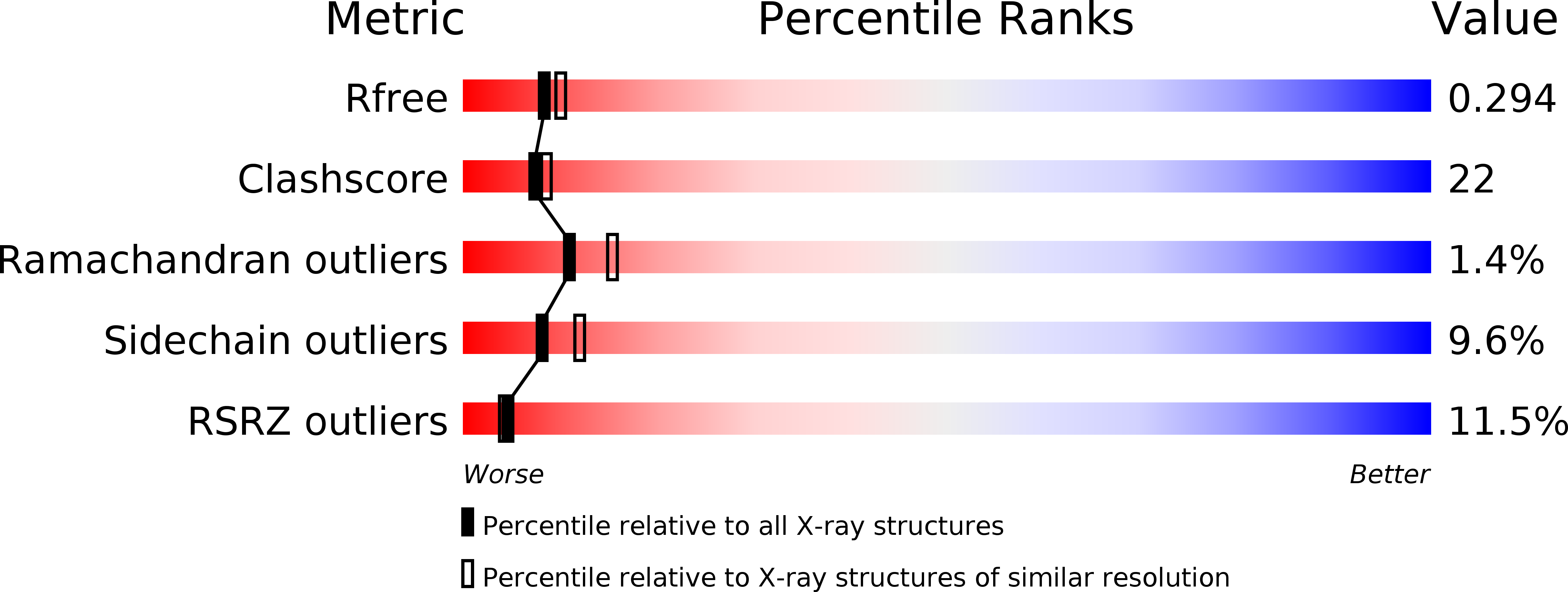
Deposition Date
2012-08-13
Release Date
2012-11-07
Last Version Date
2024-11-27
Entry Detail
PDB ID:
4GKZ
Keywords:
Title:
HA1.7, a MHC class II restricted TCR specific for haemagglutinin
Biological Source:
Source Organism:
Homo sapiens (Taxon ID: 9606)
Host Organism:
Method Details:
Experimental Method:
Resolution:
2.39 Å
R-Value Free:
0.29
R-Value Work:
0.24
R-Value Observed:
0.25
Space Group:
P 1 21 1


